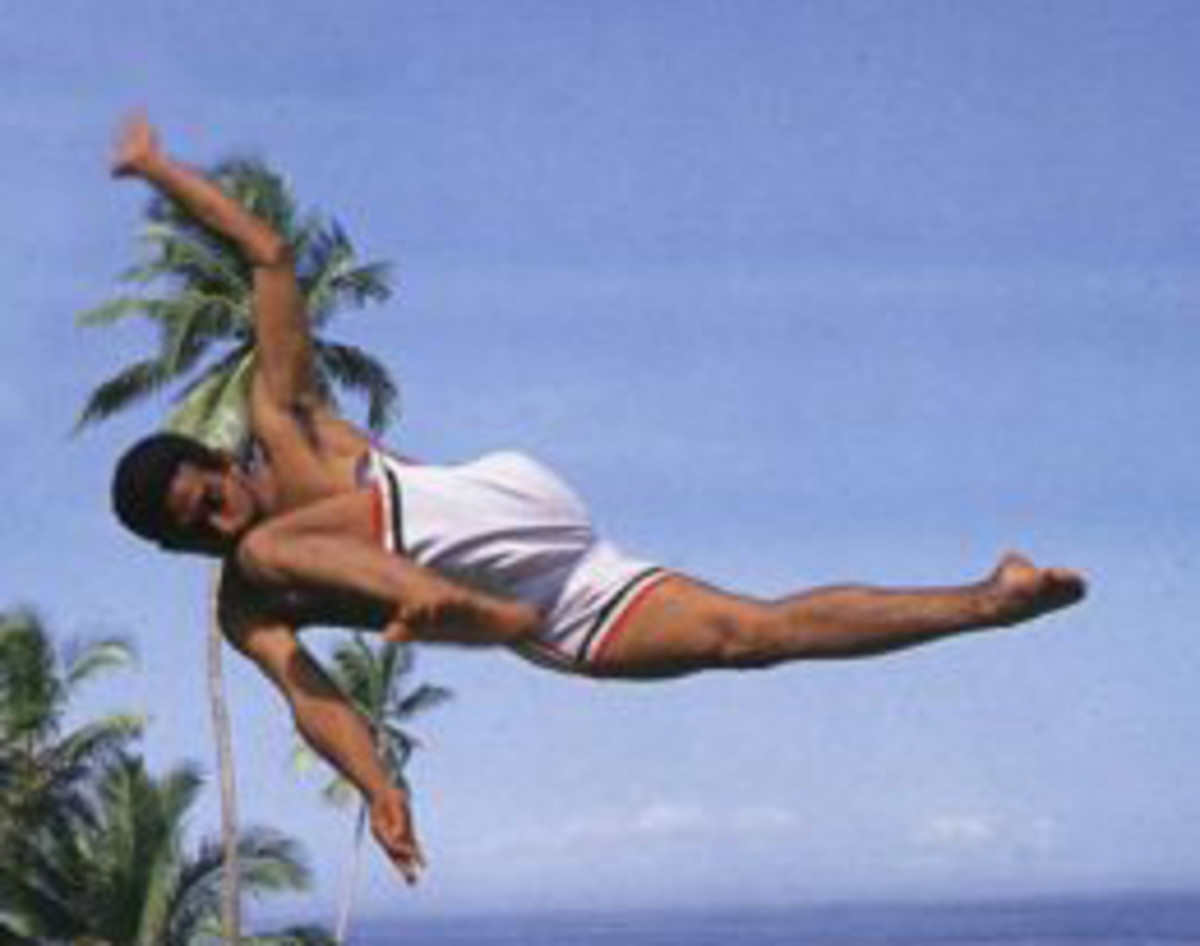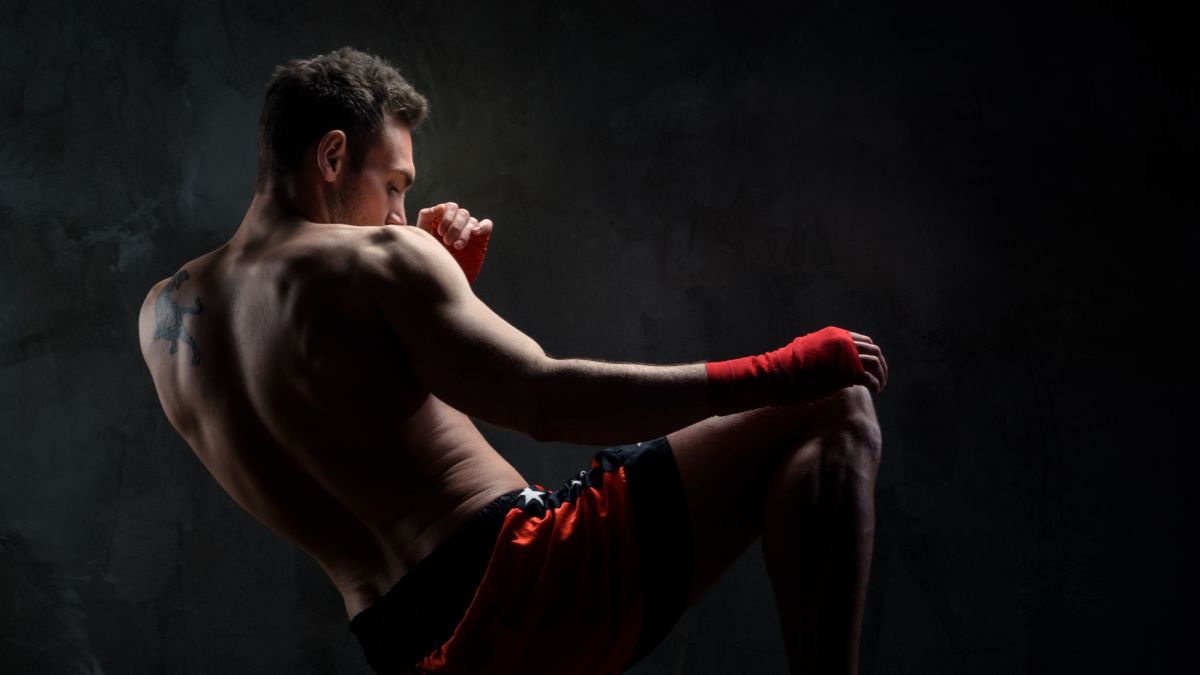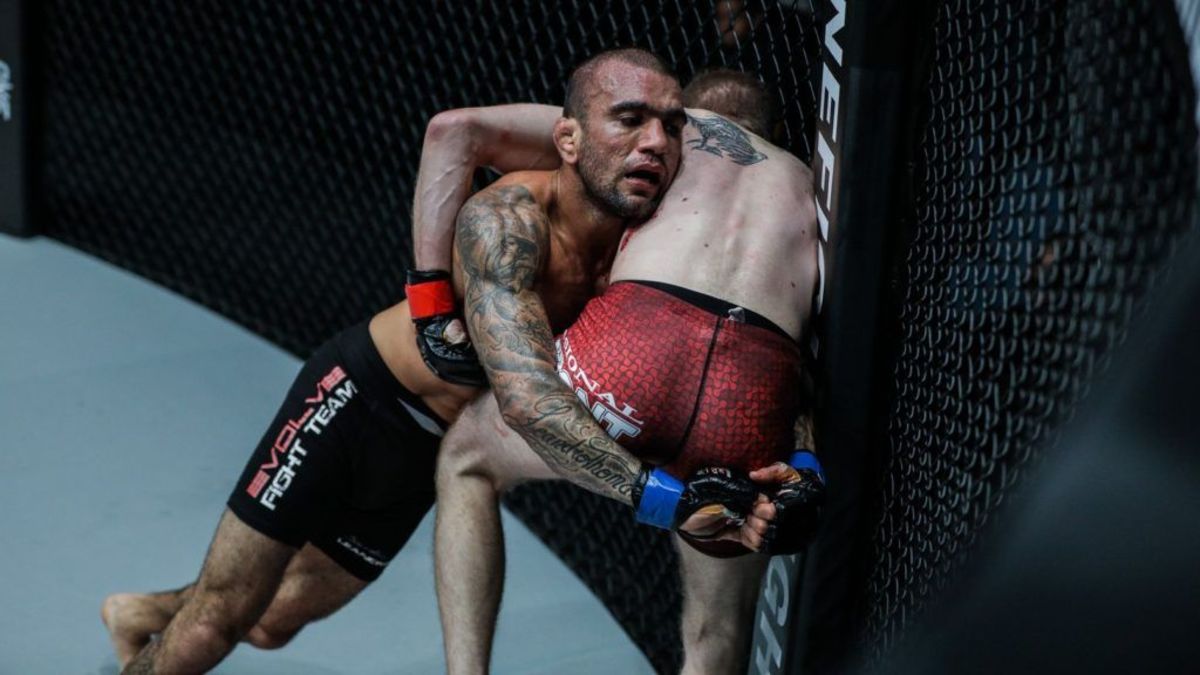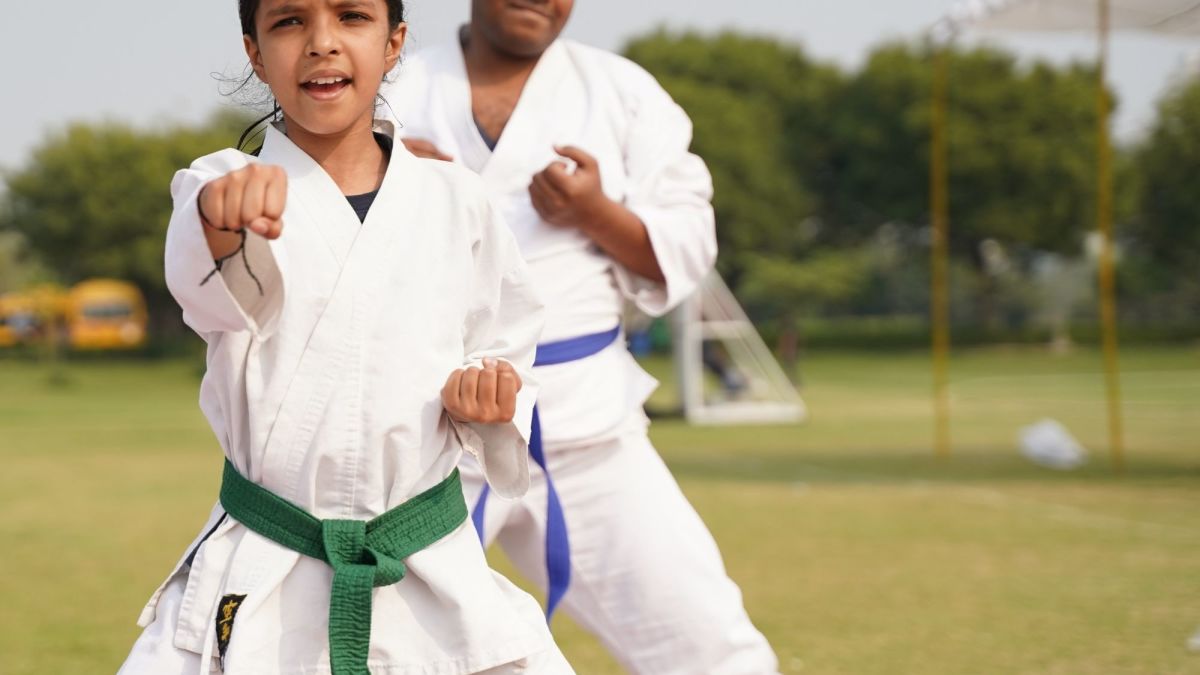The Lost Science of Kicking with Shoes in the Martial Arts
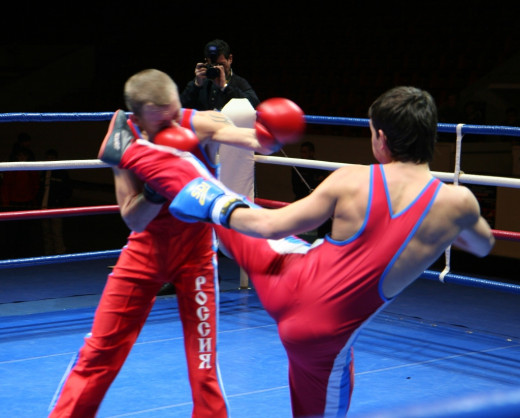
The Shoe Can Change Kicks in Martial Arts A Lot
If there ever was an aspect of the martial arts that has been sincerely overlooked it would be the science of kicking with a shoe. There are a few differences between kicking with a shoe vs. kicking without one. Considering the fact you wear shoes 98% of the day, learning about these differences in kicks in martial arts can be a great help. With the shoe, the heel, toe, instep, and sides provide adding usage in offense and defense.
Kicks in Martial Arts: The Old Shoe Really is an Old Theory
The use of the shoe in martial arts is hardly a new concept. Most will be quick to point out that French Savate developed the use of the shoe for martial arts centuries ago. Savate is not the only art that employs the shoe. In previous centuries, the Scottish art of Purring was a rather brutal combat sport that revolved around kicking the shins of an opponent with a boot.
However, as time wore on and the martial arts were influenced by traditional systems of karate and kung fu, bare feet would become the norm. Bruce Lee's art of Jeet Kune Do would make a point to buck conventional norms and stress the shoe at the height of the Golden Age of Karate where bare feet and wooden floors were the status quo. While he was not alone in his approach to training with shoes, Lee was definitely in the minority at the time. Most martial arts lessons were shoeless.
The Barefooted Agenda in Martial Arts Lessons
Most traditional arts simply followed the tradition of kicking barefooted in martial arts lessons. Ironically, the kicking art of Tae Kwon Do would incorporate teaching how to kick while wearing shoes in the adult programs in Korea, but not very many schools in the USA would follow such a practice. In truth, to this day, no matter where in the world you go to study martial arts, you will be training barefoot.
Today, with the MMA craze, most will use Muay Thai as the art in which their kicks are based upon. Muay Thai is a barefoot art and employs hitting with the shin and instep. In the earlier days of Mixed Martial Arts, kicking with shoes was allowed, but this soon became a banned tactic.
What Using the Shoe Contributes to Martial Arts Lessons
- The bulk of martial arts training today is either traditional or Mixed Martial Arts. This means few people learn the benefits of kicking while wearing a shoe.
- Kicking with shoes on is not just a gimmick designed to set a certain form of martial arts practice apart from others. The use of the shoe serves certain purposes such as:
- Protection is offered to the entire foot. In some ways, the shoe can act in a manner similar to a boxing glove as it has the potential to prevent injuries to the foot. (This does not mean the shoe makes your foot indestructible!)
- The shoe allows for precision hitting. This means you can generate all your body weight into the tip of the shoe which creates the icepick of precision force impact. Basically, if you have ever been hit by a kick like this, you realize precision kicking....hurts....a lot.
- The shoe allows you to better target the nerves of the leg, the organs on the body, certain joints, and other targets barefooted kicks would be unable to.
- The type of shoe you wear when kicking will also play a major role its potential effectiveness. A pointed shoe can have an icepick like effect while a boot can be downright devastating in terms of its impact.
Learning the Basics of Using the Shoe for Kicks in Martial Arts
Learning the basics of using the show to great effect for kicks in martial arts is not all that difficult. You just need to find a knowledgeable and qualified instructor that can point out the finer points of being able to use the shoe for martial applications.
The type of shoe you wear when kicking will also play a major role its potential effectiveness. A pointed shoe can have an icepick like effect while a boot can be downright devastating in terms of its impact. Practice with different types of footwear and you are going to notice these clear differences. Also, practice with a number of different targets. Varying up the equipment will help enhance the results from your training.


